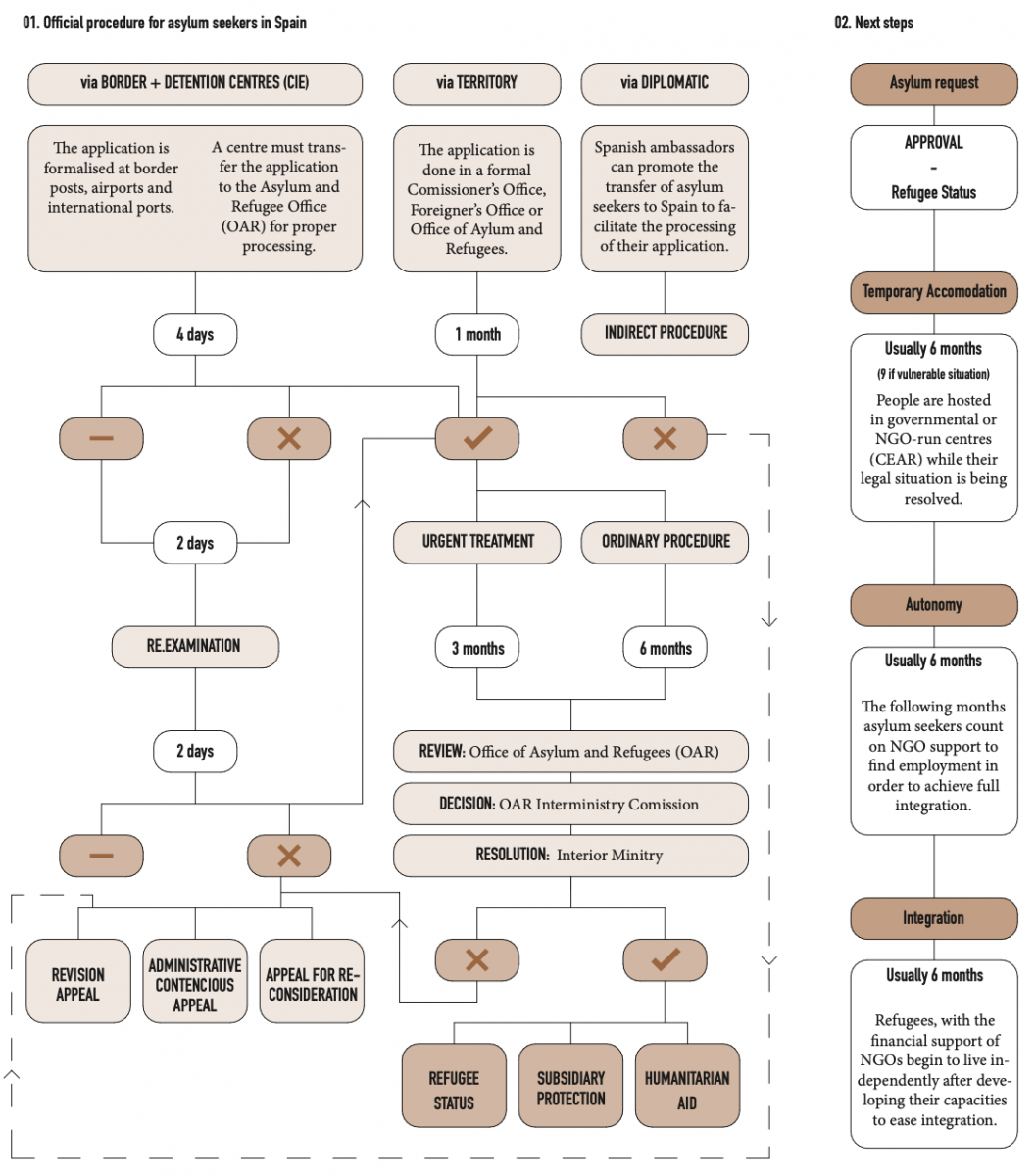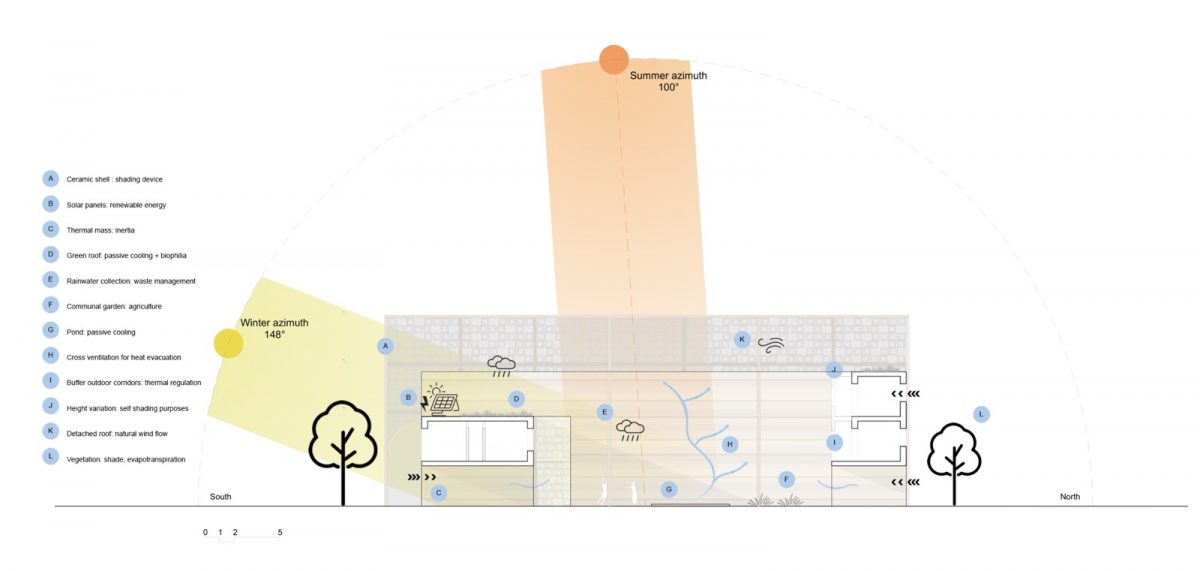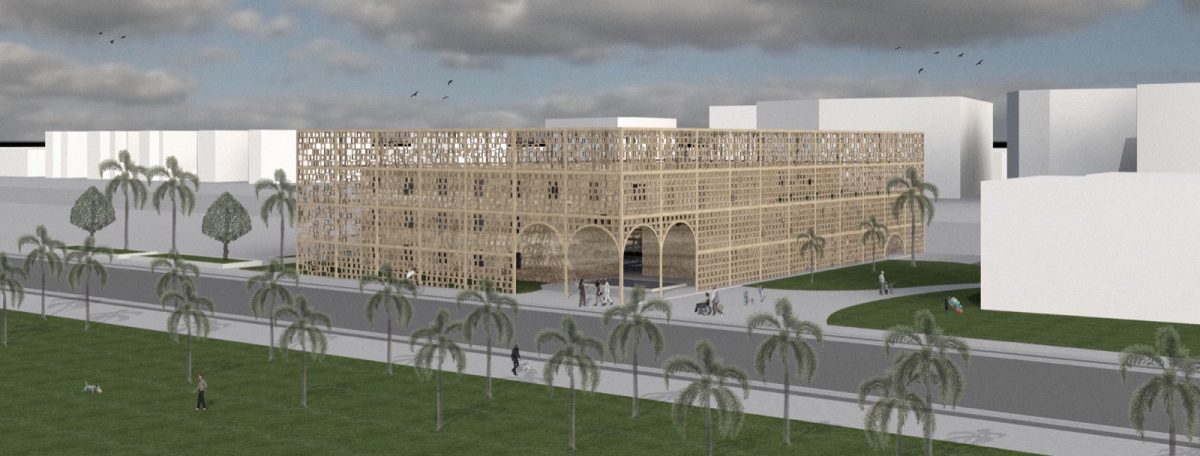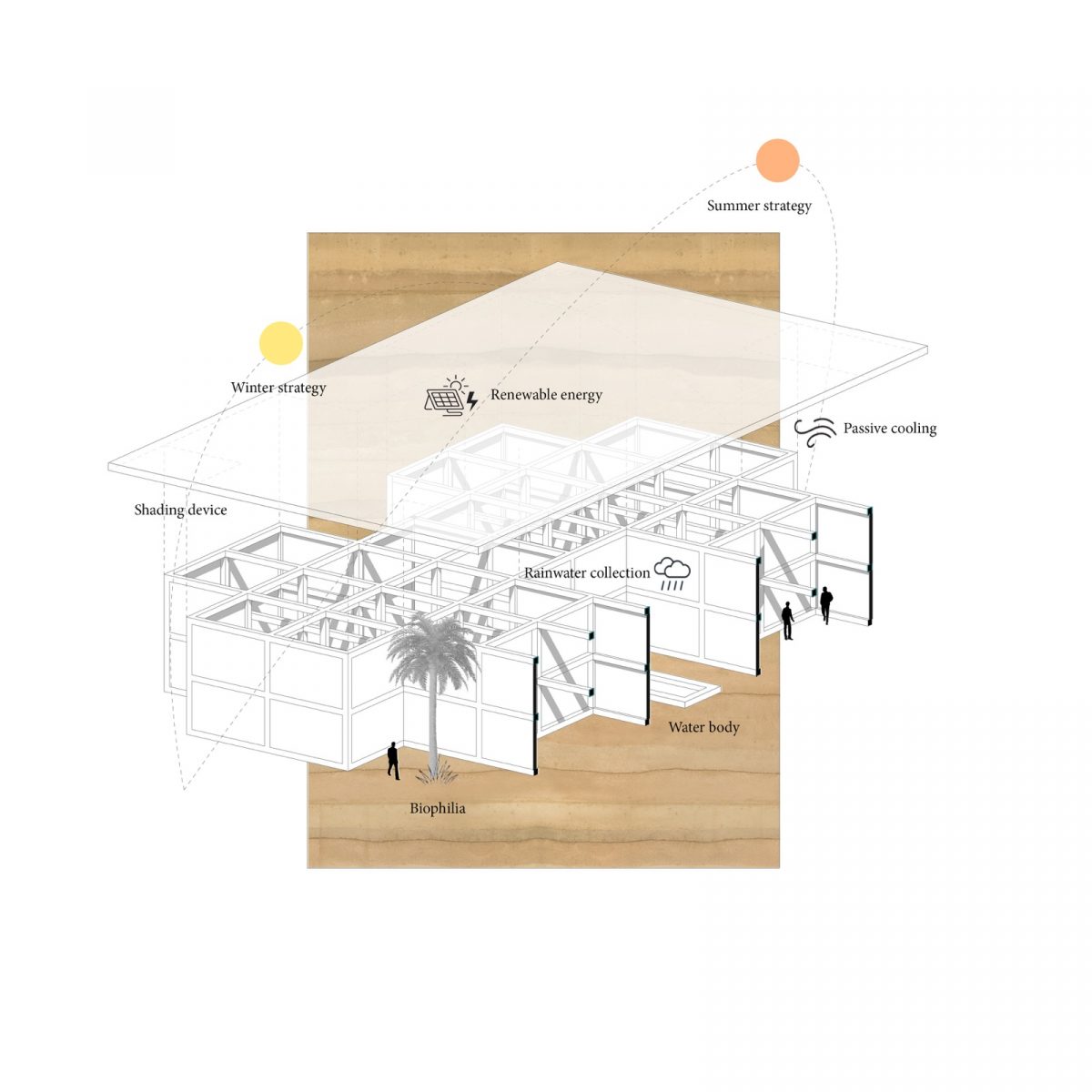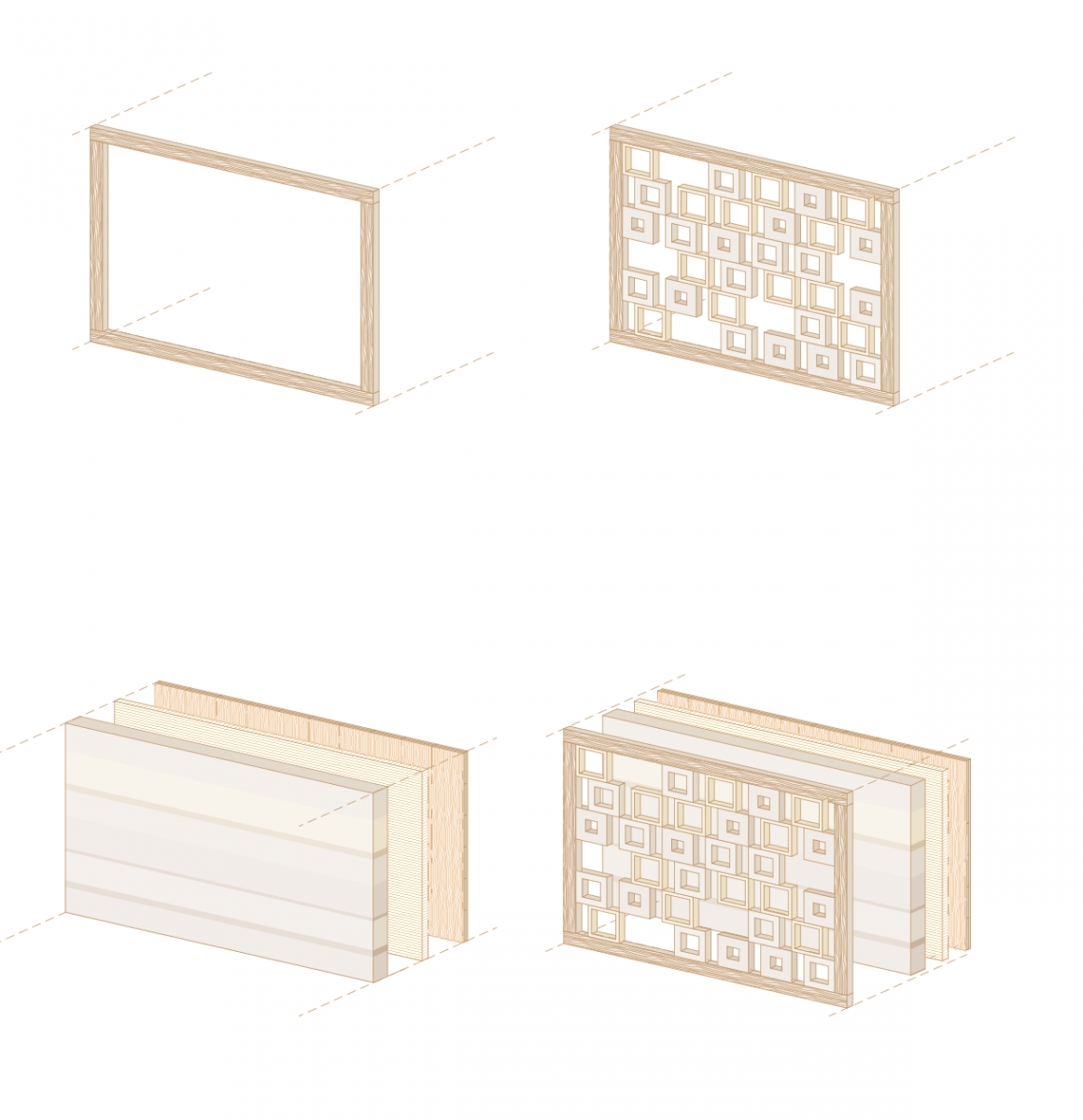Vernacular-inspired Climate Resilience in the Mediterranean: A refugee centre in the context of climate migration
For the last decade, sustainability has risen to the top of every country’s agenda either sociologically, economically or environmentally. As we all know, the ever-growing energy demand massively contributes to climate change by sourcing ephemeral and polluting non-renewable resources, as illustrated in the construction industry. Resources are being consumed faster than the plant can regenerate. Such a disequilibrium does not only exacerbate existing inequalities, it paved the way to a scaremongering social fracture which will soon arise between urban and rural cities, especially in the global south and coastal locations. In these uncertain times, the human face of climate change is yet to be seriously considered. As sea levels rise. global temperatures increase and natural hazardous events become more frequent and intense, entire population groups are headed towards displacement weather internally or abroad. Thus, the fair questions to ask ourselves is how can we minimise our impact and prevent global warming scenarios from generating massive human flux and how can we design smart housing solutions for temporarily displaced individuals? We can confirm that climate resilient constructions are the solution that we, designers, should lean towards. If we refine the definition of resiliency buildings, we can discover that they are designed to be environmentally conscious, as a response to natural surroundings, designing a contemporary native habitat. In this thesis project, migration fluxes and climatic displacements will be analysed, ending with the design of refugee centre in Malaga. Performative testing will allow us to develop meaningful bioclimatic strategies while inspired from local vernacular settlements.










